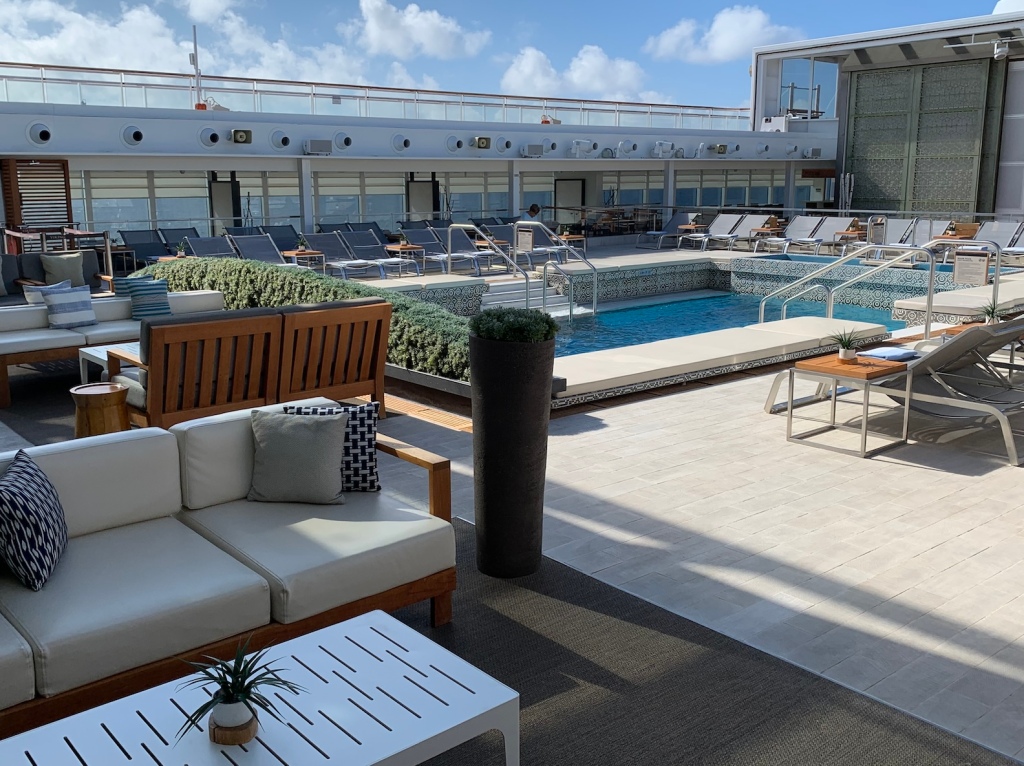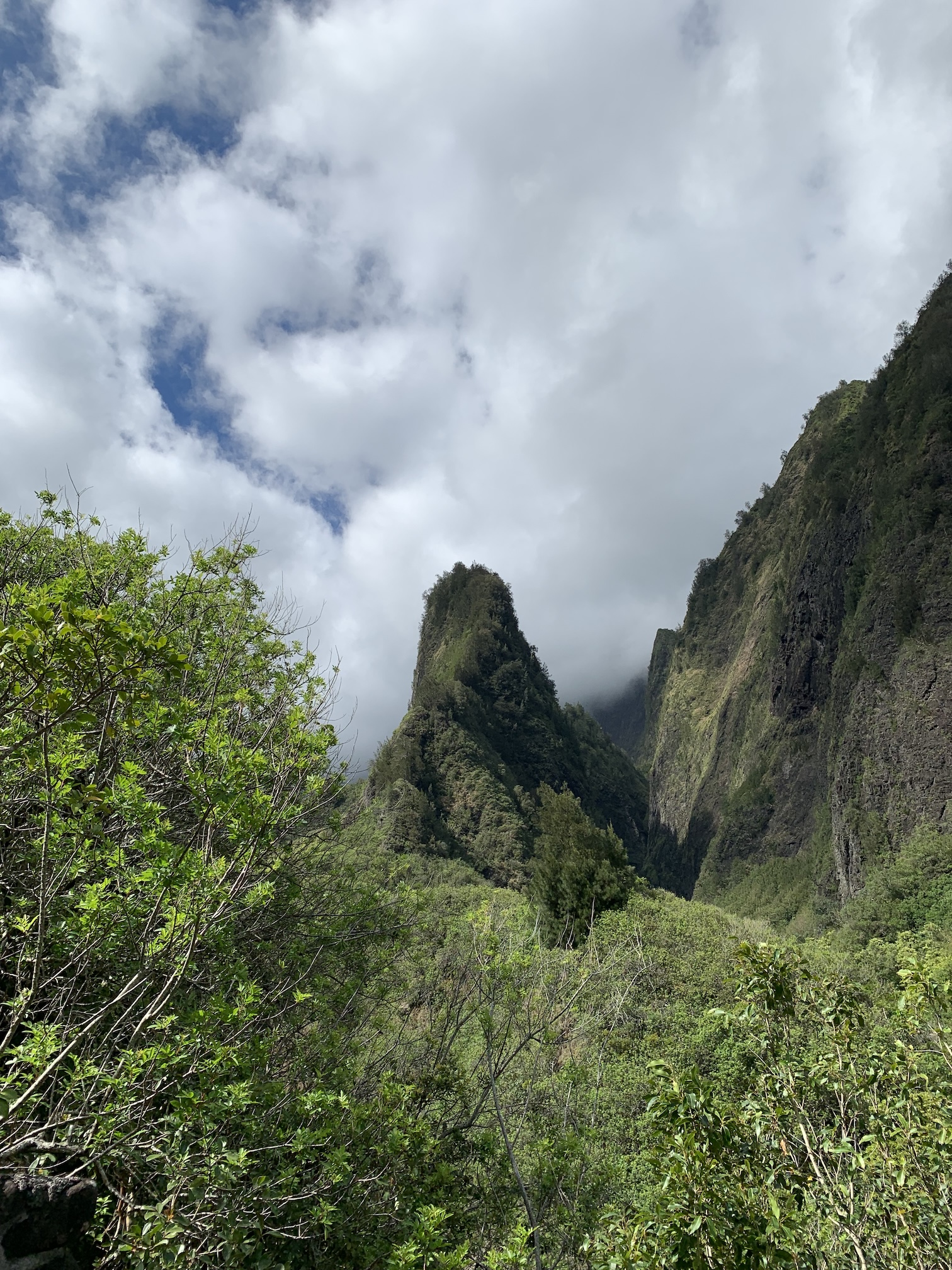Returning home after 33 days on a cruise from Los Angeles to Tahiti and back, following a 13-day cruise from Seattle to Tokyo earlier this fall, Robert and I have reached a startling conclusion: our 40-year-long addiction to cruising just might be over.
Sometimes, our compulsion to cruise has felt like a fever. Just as we finished planning a land or resort vacation, a new cruise brochure would arrive . . . and we were hooked. An alluring sea itinerary was booked, the land trip was tossed to the side, and off we would go. And we loved every minute of it.
But Covid inserted an unplanned four-year gap in those trips. Until last fall, we had not been on a cruise since the summer of 2019. Over that time, something has changed. Maybe it’s us. Maybe it’s cruising. Or maybe Covid acted as an inoculation.

What happened? Why aren’t we loving cruising so much these days? First, the Covid break changed our perspectives. It shook our routines. After four years without lazy days at sea, we didn’t naturally slide into the comfortable grooves of the previous forty years of cruising. Instead, a few new travel grooves have been etched: land trips, theater excursions, family retreats.
Second, the cruise industry itself constantly changes. Many of the things that originally captured our hearts have fallen to the wayside. There are no more fixed dinner seatings—we developed so many friendships over the years at those eight-top tables. Formal nights which we loved are forgotten. Ships have gotten bigger. Safety concerns, or maybe faster speeds or stormier weather, seem to keep the promenade decks closed more often. And trivia contests, always serious, seem ever more cutthroat.
Then, as much as we are loathe to admit it, we too are changing. On our first cruise in 1984, we were only 31 and 29. On every cruise thereafter, it seemed we continued to be younger than the majority of guests. Now hovering around 70, aging concerns interfere with many of the cruising pleasures developed over the years. I gave up jogging during Covid, so there’re no more runs on the promenade deck as the sun sets. I also need to limit my coffee in the morning and my wine in the evening, or my heartburn demands a steep price. I think living in wine country and an expanding budget for expensive restaurants have made me more critical of the food and drink. After so many cruises, I also feel I could give most of the shipboard lectures, which tend to focus on the same topics. In short, I am more easily bored.
A fourth factor is that the world around us is changing. Nothing is more dramatic than the rise of the internet at sea. On our first cruise, we were completely cut off from the world. Ship to shore calls were $19 a minute, and no one did them. As the years went on, internet connections became possible. But it was slow and expensive, and we always rationed the minutes. Now, we—like every other person on the ship—have our phones and tablets connected 24/7 to the ship’s WiFi. It seems at times everyone is hooked into the online world. There’s no sense of escape or seclusion. The allure of getting away from it all has vanished.
Finally, I’m not ready for my personal changes ahead. I am especially not ready for the assisted living complex. But on the kind of long itineraries on the types of ships we like, we seemingly remain the youngsters . . . which is another way of saying that we are still surrounded by the ever more elderly with their myriad afflictions of aging. Hey, I am going to vote for Joe Biden, even though he’s old and walks slow. That doesn’t mean I want to get on a ship filled with people who need to walk just as slowly and carefully. I prefer looking into the mirror and still imagine the person I once was. I don’t enjoy being constantly prompted to think of where I will likely be in 10 or 15 years.
It seems clear from all these symptoms that my cruise fever is in remission. But just in case, we are testing it with a cruise booked next spring. After all, we still carry that infection of loving a great value, exploring new places, and meeting interesting people.
Stay tuned to see if we can fall back into our old grooves, or find new ones.
Please check out all my novels in either paperback or Kindle format, including The Long Table Dinner, The Finnish Girl, The Devil’s Analyst, and Tales from the Loon Town Café. All titles are available to read for free to Amazon Prime subscribers. Read all the posts about our French Polynesia cruise at FrahmannThoughts.wordpress.com
































